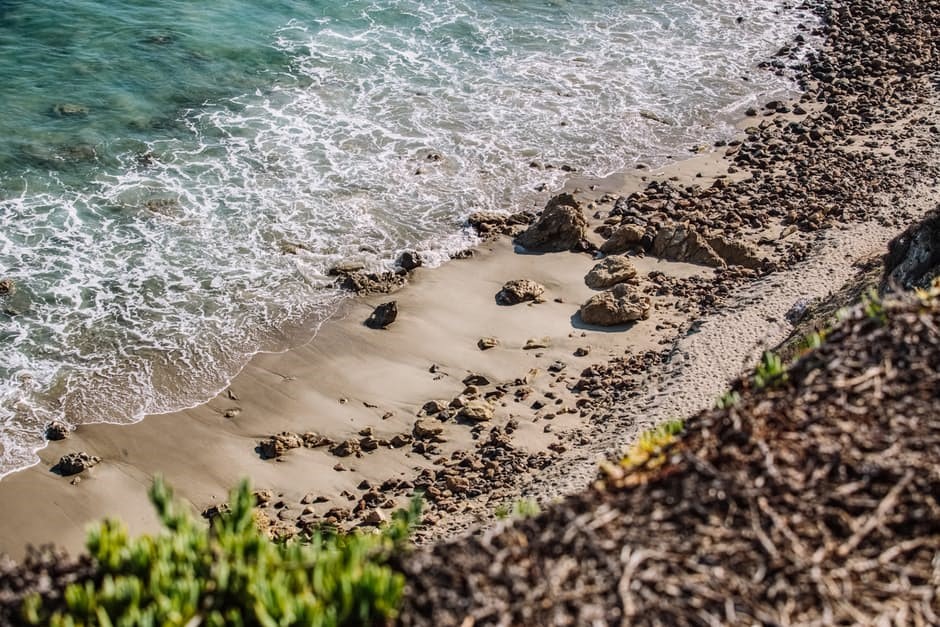Stinging Seaweed Disease
About This Disease
Stinging seaweed disease is a skin irritation caused by direct exposure to a toxin-producing algae named Lyngbya majuscula. The fine, hairlike, dark-brown seaweed, commonly known as lyngbya, is found in tropical and subtropical marine and estuarine environment worldwide, including Hawaiian shoreline. Symptoms may occur with toxin exposure.
Signs and Symptoms
Symptoms include itching/irritation of skin rash and/or blister formation. Other symptoms include swollen eyes, irritation of the nose and throat, skin sores, oral and intestinal irritation, headache, fatigue, fever. The rash frequently appears in the genital and anal areas. It is common for men with rash in the genitals to experience scrotum swelling.
Symptoms may begin several minutes to several hours after exposure to the algae, and typically last 4 to 48 hours. In more serious cases, skin sores may appear, which can last up to 12 days.
Transmission
You can get stinging seaweed disease by direct exposure to the seaweed while swimming or wading in areas where the seaweed grows.
Lyngbya can get under the swimsuit next to the skin and produce a rash, usually, but not always, in areas covered by the swimsuit.
There have been reports of windblown Lyngby causing face rash associated with walks on the beach during strong wind.
Diagnosis
The diagnosis will be based on observation of characteristic clinical signs and lesions after recent contact with Lynbgya.
Treatment
The rash can be treated with wet towels and symptoms may be alleviated with soothing creams. If the reaction is severe, steroid treatment may be required. Antibiotic treatment should be sought if the wound appears infected.
Risk in Hawaii
Lyngbya can be found in certain Hawaiian shoreline waters but only at certain times of the year.
Prevention
The only sure way to avoid stinging seaweed disease is to avoid swimming in the ocean. However, if you choose to swim in the ocean, avoid waters where stinging seaweed has been reported.
Shower or bathe with lots of soap and water promptly after swimming. Thoroughly wash swimsuits, towels, and any associated swim gear to get rid of any attached algae.
Additional Resources
Information for Clinicians
Lyngbya dermatitis is an irritant contact dermatitis. Lyngbya is a Blue green alga lives in depths down to 100ft. The algae often clumps up into into hairy mat-like masses, often called “mermaid hair” or “fireweed”. The clumps aggregate along the ocean floor and can be blown to areas with swimmers by strong current and/or wind. Histopathological examination of lesions may show dermatitis with infiltrates of lymphocytes and eosinophils, and some neutrophils. By direct contact with Lyngbya, dermatitis, ocular and respiratory tract irritation has been observed. When lyngbya was ingested, oral and intestinal irritation, edema, and cellular damages may be developed. Differential diagnosis includes Swimmer’s itch, and several types of cnidarian dermatitis. Type of water and location of the symptoms on the skin may be able to differentiate from other dermatitis.
Haschek and Rousseaux’s Handbook of Toxicologic Pathology
Last Reviewed: July 19, 2022


